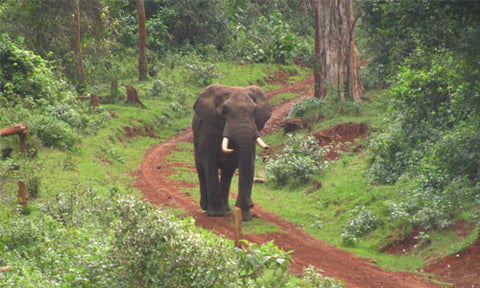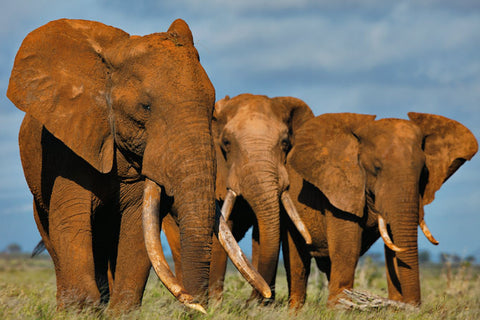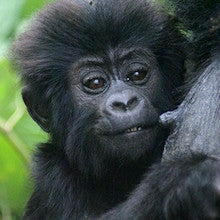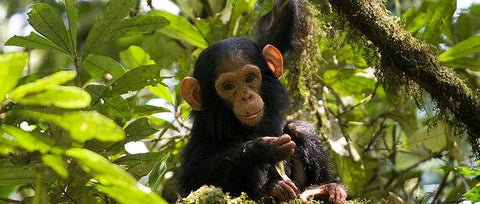Rising 5,896 metres (19,340ft) from the stark flat dry savannah plains, snow-capped Kilimanjaro is a spectacle of pure unadulterated beauty. A sight so stunning, it can only dominate and etch itself into one's memory forever.
The mountain owes its existence to the formation of the Great Rift Valley and is actually three volcanic cones that, due to their proximity, became one - Shira, Mawenzi and Kibo - together they make the highest free standing mountain in the world.
It is possible to climb this 'wedding cake' mountain all year round although the best times are the dry months of January, February and July through to September. Anglers can find trout in the delightful crystal cold rivers up to a height of 2000 metres (6557 ft).
The most interesting aspect during the climb is the textbook vegetational graduation - distinct bands of vegetation at different altitudes. First one comes across grassland where at night, one can hear the clatter of galagos and can see the genet cat, although this zone is most notable for its prolific birdlife. Next there is the damp forest zone. Dense trailing fronds of lianas hang everywhere from trees with heavily buttressed trunks. Here a wealth of animal and birdlife abounds as does the Impatiens kilimanjaro - a scarlet and yellow flower found nowhere else in the world. The alpine zone is made up entirely of giant hearth and moorland and here you may catch sight of rare birds of prey. The auger buzzard, Mackinder's owl, Verreaux's eagle and the Lammergeier who mostly feed on rodents. The last two zones of highland-desert and summit are the most testy with about half the oxygen at sea level, high ultraviolet radiation by day and freezing temperatures by night.
Those who conquer this enigmatic mountain, will find themselves left breathless for more than one reason.




